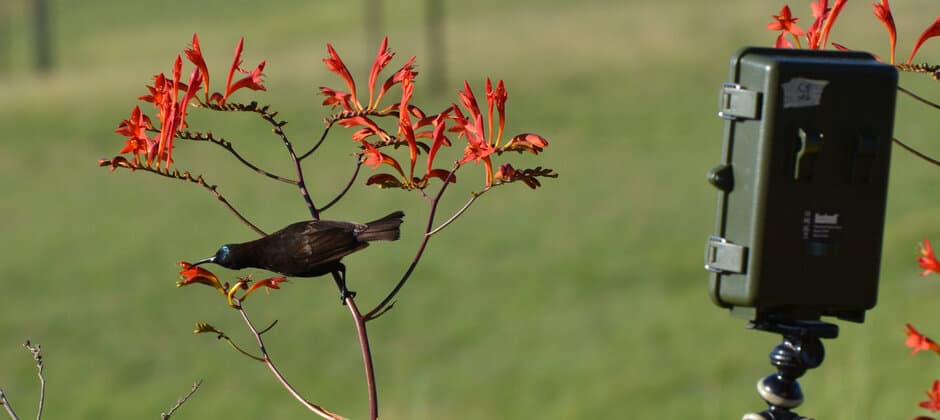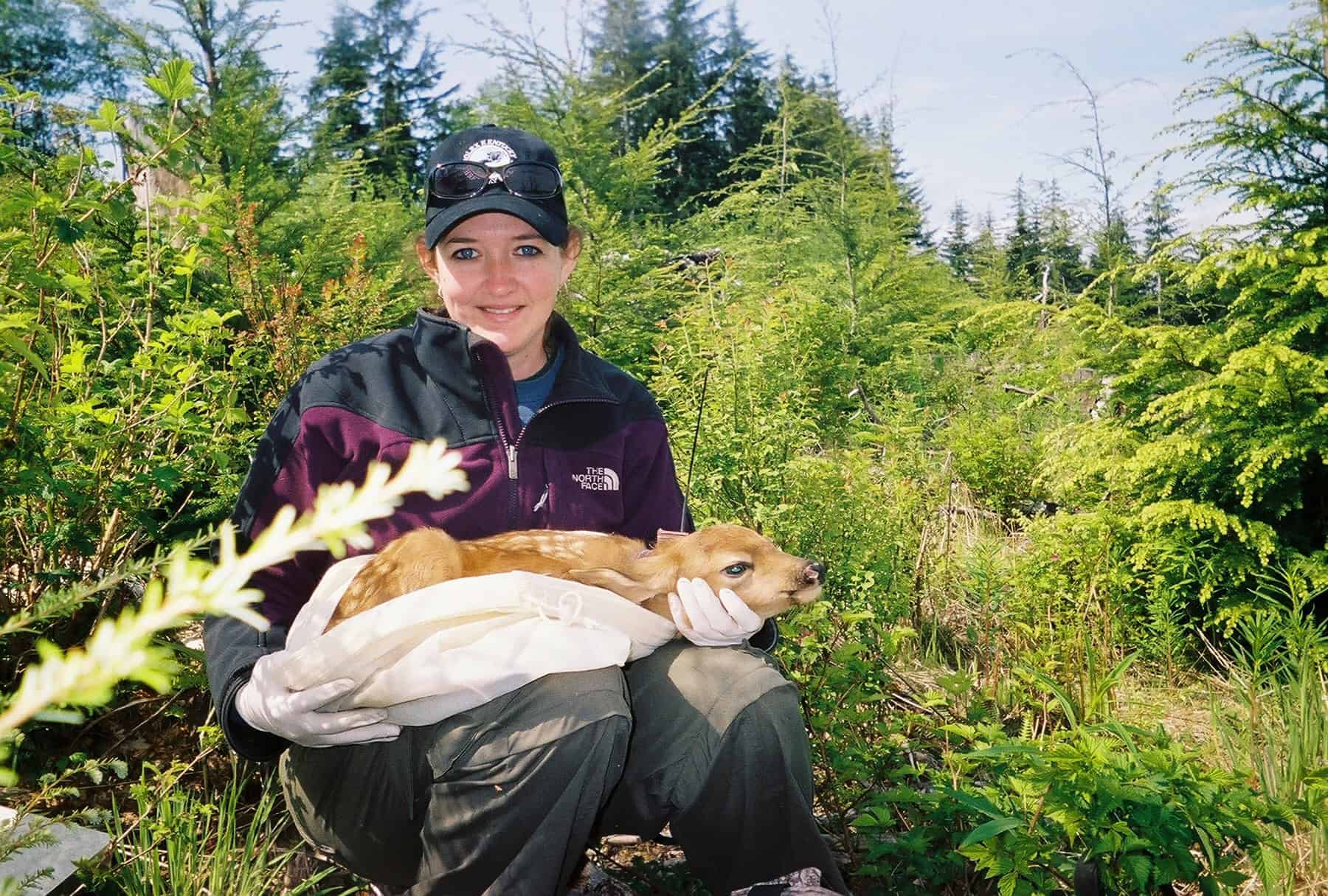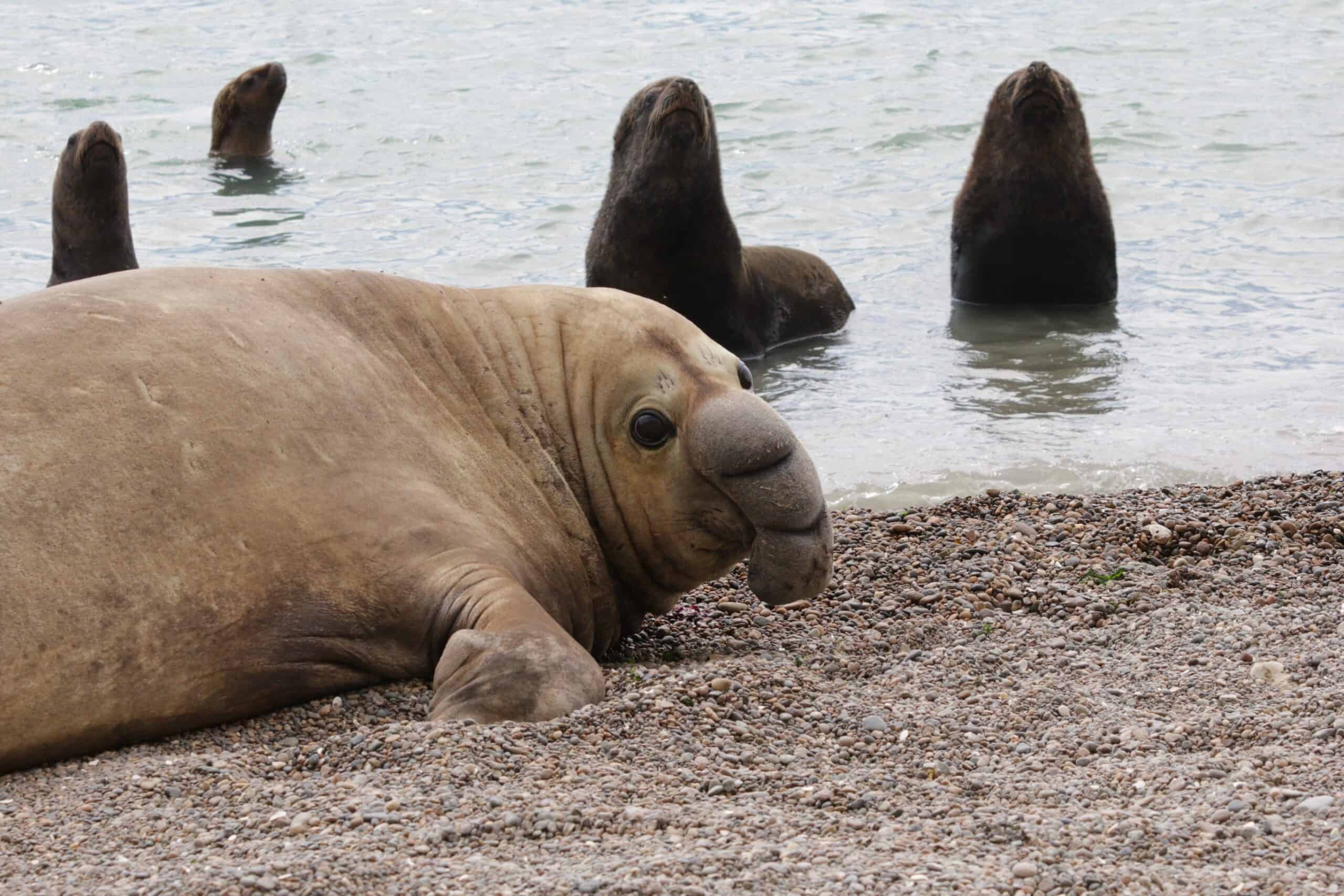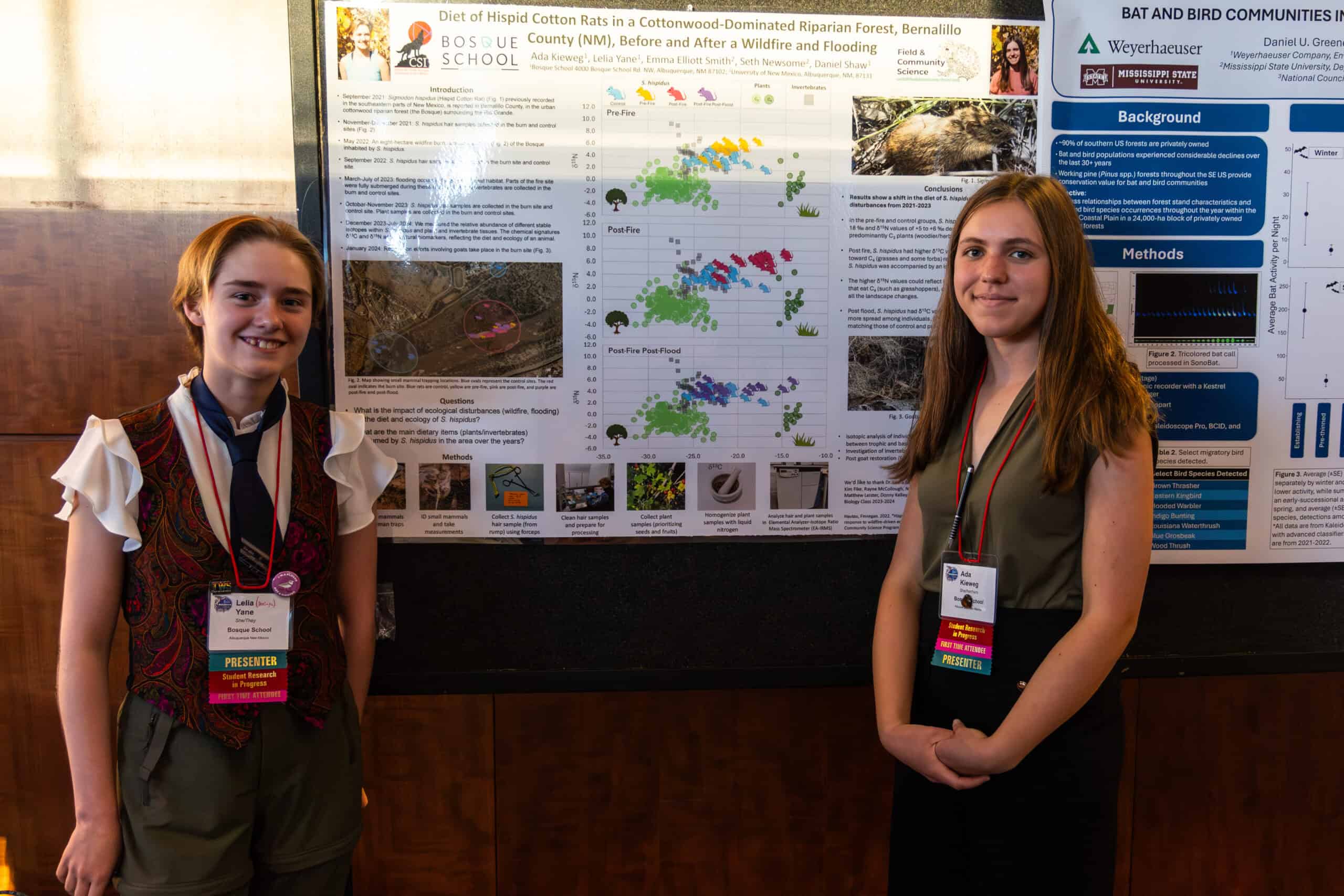Share this article
Wild Cam: Capturing glimpses of small animal life
Most researchers turn to trail cameras to collect expansive shots of the large animals of the Serengeti plains or big carnivores on the prowl in the wilderness—or, sometimes, even cities.
But a few scientists are using the tool usually used for macro-fauna to learn more about smaller mammals, birds, reptiles and insects, without disturbing them.
For the last few years, Steve Johnson has published a number of studies using trail cameras with close-focusing lenses to learn about everything from understanding seed dispersal by small primates to identifying what kind of birds and moths pollinate orchids and other plants. “[We use close-up trail cameras] in the middle of the night in a dangerous game reserve, or [to observe] an animal that would otherwise be too sensitive to human disturbance,” said Johnson, a professor of evolutionary biology at the University of KwaZulu-Natal in South Africa.
In a recent study published in the Journal of Zoology, he and a co-author addressed the reliability of camera traps in studying smaller species of mammals and birds, like the Cape weaver (Ploceus capensis) pollinating a Protea caffra plant above.
If proven successful, “it gives biologists another tool for observing the natural world,” Johnson said.
To study their reliability, Johnson and his co-author looked at how successfully camera traps captured photos of small birds at mammals when they were set up at different distances. They placed different kinds of cameras at different distances from flowers that the birds were likely to approach for nectar as well as by feeders and bowls of food. The also observed the scenes in person.
The Bushnell cameras, a common type of trail camera, were good at detecting brown rats (Rattus norvegicus), capturing photos of the rodents more than 80% of the time when they were between 60 centimeters and 2 meters away from the cameras. Moultrie cameras, another commonly used brand, were less effective at capturing rat movement at more than 1 meter away than the Bushnell cameras.
The researchers found that cameras were less effective at capturing photos of birds at distances farther than about 2 meters. Bushnell cameras captured birds between 40-60 centimeters away 80% of the time, but this dropped to less than 10% of the time at distances of 2 meters away or more. Cameras set 4 meters away captured next to nothing, Johnson said.
Perhaps unsurprisingly, birds larger than 20 grams were about 20% more likely to be caught on camera in general than birds that were less than 15 grams. The Bushnell cameras could often focus well enough to identify individual bird species.
At night, the cameras were better at capturing rodents than birds. This is partly because the camera traps use heat-sensitive infrared cameras at night, and birds’ downy feathers don’t show up as much on them.
He and his colleagues have already used their findings from this study to help them complete a number of projects. In one study, they found that amethyst sunbirds (Chalcomitra amethystina) and greater double-collared sunbirds (Cinnyris afer) both pollinate various orchid species in Africa like the endangered Satyrium neglectum woodii above by carrying pollen between flowers. “[Pollen] gets glued onto the beak of the bird,” Johnson said.
In other research, they showed that carnivores like common genets (Genetta genetta) feed on the nectar of plants in the protea genus—a first-of-its-kind discovery.
One study from Johnson’s team found that the African sausage tree (Kigelia Africana), so named for the sausage-looking poisonous fruit that hangs from its branches, is primarily adapted to being pollinated by bats, while even reptiles like the Drakensberg Crag Lizard (Psuedocordylus subviridis) pollinate some plants.
Camera traps set up to help researchers learn more about the pollination of some African plants revealed that various short-tongued hawkmoth species were involved and that some have a second burst of activity just before dawn. That was a surprising discovery given that moths are ectothermic, or cold-blooded. “People assumed that by the time dawn comes around after a cold night, that they wouldn’t be able to heat their flight muscles enough to fly again,” Johnson said.
Finally, camera traps also revealed Sykes’ monkeys (Cercopithecus albogularis) play a previously unknown role dispersing seeds researchers had thought were too poisonous for the animals to eat.
“The seeds are dispersed by spitting behavior,” Johnson said, adding that Sykes’ monkeys are normally shy around humans, so camera traps have helped them learning more about the species.
As Johnson continues to work with trail cameras, he hopes to continue to reveal new information about the lives and ecology of small animals.
This photo essay is part of an occasional series from The Wildlife Society featuring photos and video images of wildlife taken with camera traps and other equipment. Check out other entries in the series here. If you’re working on an interesting camera trap research project or one that has a series of good photos you’d like to share, email Josh at jlearn@wildlife.org.
Header Image: A sunbird appears in front of a trail camera in South Africa. Credit: Steve Johnson








